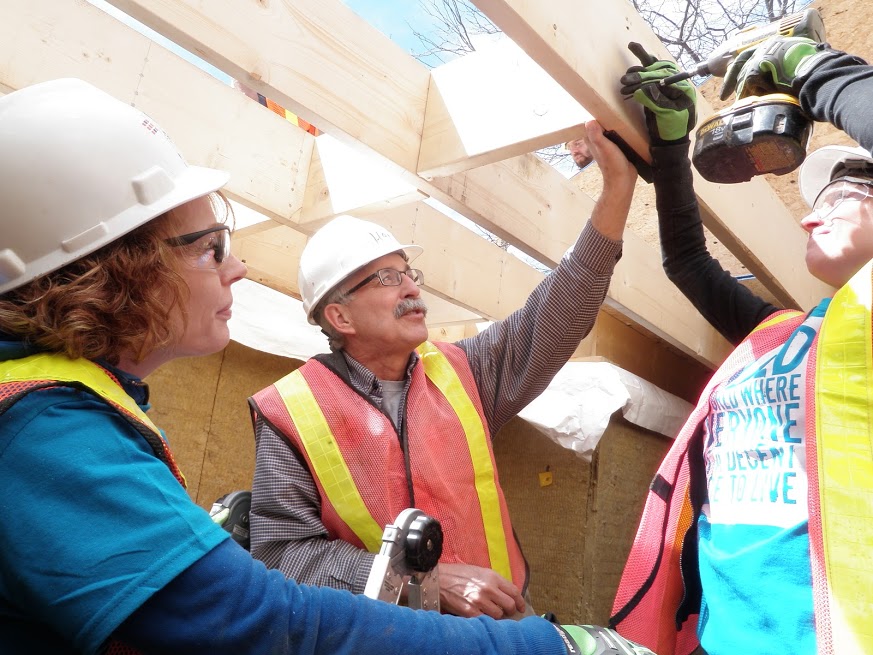In late 2017, the Canadian government announced its $40 billion, 10-year National Housing Strategy (NHS). According to the report, the NHS aims to remove 530,000 Canadian families from housing need and reduce chronic homelessness by half in the next decade.
The strategy targets a range of areas on the housing continuum such supportive housing, emergency shelter, rental housing, co-op, social housing, affordable housing and low-income homeownership, as well as stabilization of the private market.
“It focuses in on the federal government’s return, in a very strong way, to social housing, which involves everything from the shelter system to transitional housing to rental housing,” said Adam Vaughan, MP for Spadina—Fort York and Parliamentary Secretary to the Minister of Families, Children and Social Development, in an interview.
The NHS doesn’t necessarily guarantee an individual right to be guaranteed a house that’s in a certain location and within a certain price range. Rather, it guarantees that the government has a responsibility to provide a system of housing.
Vaughan said nonprofits will play an important role as the Canadian government moves forward with fulfilling that responsibility, especially in keeping housing units sustained as affordable in the long term.
“The community housing sector is a critically important partner for both the construction and management and operation of our housing stock, if we’re going to meet the full range of needs that Canadians quite obviously have,” he said.
That full range of needs is reflected in the wide variety of housing types that the NHS targets. It is also built into the strategy through the focus on addressing the housing problems faced by vulnerable populations, such as women and children fleeing family violence, seniors, Indigenous peoples and people who have disabilities.
Vaughan said that nonprofits and governments need to “use their imaginations” to solve challenges around housing for every population in Canada. He noted Habitat for Humanity’s work with Indigenous peoples to build on-reserve housing while respecting traditional land and Indigenous knowledge and communities, as well as Habitat’s work to provide housing solutions for people with disabilities, as examples of this.
Seeking to solve Canada’s affordable housing crisis is not without its challenges. As the first step in building housing is finding a place to build, one such challenge is battling the rising land prices in major cities.
“One of the things that governments have significant holdings in is land. We tend not to want to surrender public land to private interest,” Vaughan said. He added that land trusts or co-ops can be ways to “use public assets as catalysts for construction” and ultimately sustain affordability.
“On those fronts Habitat, with its expertise in low-income homeownership, could be a real asset,” he said.
Vaughan said he got into politics to build housing. In the end, he says it’s a solution to many other issues that impact Canadians like challenges around climate change, immigration and healthcare.
“The harder you push for housing, the more impact and the more solutions you deliver to a wider range of people,” Vaughan said. “And so from that perspective, I got into politics to build housing and ran federally to continue that work, and hopefully the hard work will soon bear fruit.”
Habitat looks forward to being a partner to all levels of government as we work collaboratively to bring housing solutions to Canadians in need. To learn more about the work that Habitat Halton-Mississauga-Dufferin is doing in your community, visit our website.
By Sherina Harris
Updated: July 2, 2021

